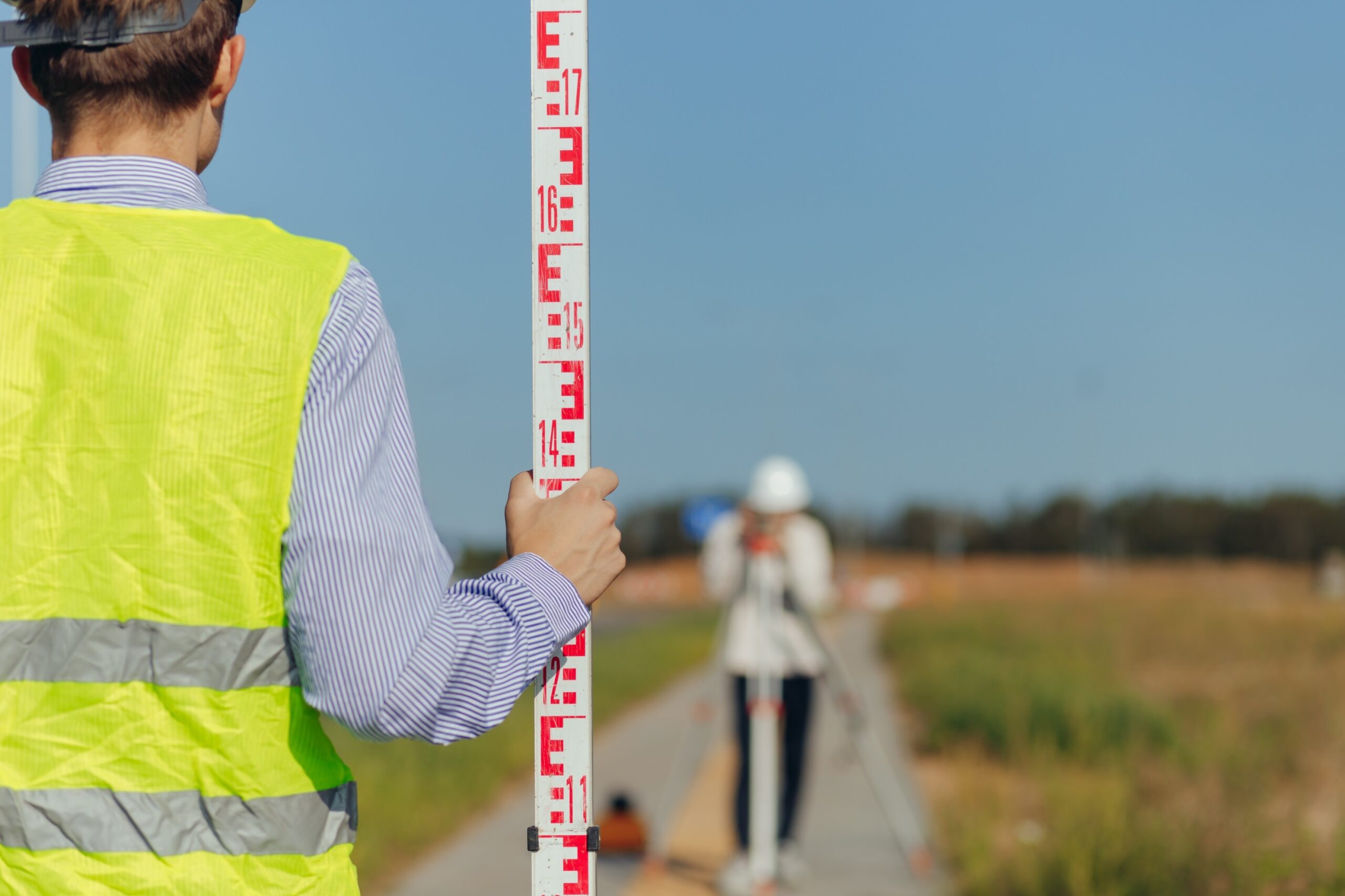Time-Distance Measurement Practices Used by Kansas City Police

How Kansas City Police Apply Time-Distance Measurement to Measure Speed
Time-distance measurement is a common method used by Kansas City police to apprehend speeding motorists. This is a method that uses basic math, observation, and training to identify the average speed of a vehicle without the use of radar or laser equipment.
Time-distance measurement is where the officer observes how long it takes a car to travel between two stationary points. The officer times it, does the division of the distance by the number, and gets the vehicle’s speed. If the speed is over the limit, then the driver can be given a ticket.
This simple and convenient technique has been trusted for decades. It is admissible in Kansas City courts as evidence if the officers follow proper procedures.
What Is Time-Distance Speed Measurement?
Time-distance measurement calculates speed using two basic factors—distance and time. The formula is straightforward: Speed = Distance ÷ Time.
Kansas City police choose two fixed points, such as road signs, lane markings, or utility poles. They know the exact distance between the points. When a vehicle passes the first point, the officer starts timing. When the vehicle reaches the second point, they stop the timer.
If the time measured is shorter than what is safe for that distance, the driver was speeding. The shorter the time, the speedier the vehicle is moving.
The method works well in open spaces, such as highways or rural roads, where radar or laser signals may not be appropriate.
Common Time-Distance Measurement Practices in Kansas City
The Kansas City police department uses several standard procedures when using this method. Each of these works to ensure the results are precise and fair.
1. Choosing Proper Points of Measurement
Officers choose two fixed, visible points on a straight stretch of highway. These need to be easily distinguishable and measurable points.
2. Accurate Timing Devices
Police use calibrated stopwatches or in-car timers. These are tested from time to time for precision.
3. Uniform Observation
Officers use the start and stop timing precisely when the vehicle goes by each point to avoid a delay that will affect the result, so precision matters.
4. Documentation
Conditions such as weather, lighting, and traffic flow are noted by officers. Officers record distance and time to assist in building a stronger case in court.
5. Officer Training
Training for observation and timing is provided to all officers using this method. This way, they are all using the same procedures.
How Police Apply Time-Distance Measurement on the Highway
Kansas City police apply time-distance methods on bridges, interstates, and areas where speeding is prevalent. Patrol cars or traffic enforcement officers monitor sections of the road where speeding happens regularly.
A few officers make such measurements from their patrol cars. They tail a target vehicle at a fixed distance with an onboard timer. Others monitor fixed points from an overpass or side street.
On highways, air officers also use this method. Officers monitor vehicles from the air, observing how long it takes them to move between painted lines on the highway. Ground units then stop those drivers after radio confirmation.
These methods are often used in combination with radar enforcement. Combined, they give Kansas City police flexible and reliable tools for traffic safety management.
Accuracy and Admissibility in Kansas City Courts
The accuracy of time-distance measurement depends on diligent procedure and honest observation. When correctly carried out, the results can be precise and withstand the scrutiny of a court of law.
Judges in Kansas City accept time-distance speed evidence if the officer provides sufficient documentation. These include measured distance, recorded time, and a description of how the measurement was made.
However, accuracy can be questioned if time or distance is in doubt. For example, if the officer selected bad points or the stopwatch malfunctioned, the results can be called into question.
Training and calibration are done for that reason. Officers must be able to show that their equipment and methods were precise. Defense lawyers habitually check these records to ensure fairness.
Advantages of Time-Distance Measurement for Kansas City Police
Time-distance measurement gives police an accurate means of speed measurement without cumbersome hardware. It’s easy, cheap, and adaptable.
- Works in all conditions: Officers can use it in poor weather or in areas where there is limited radar visibility.
- No electronic interference: Unlike radar, it is not disrupted by nearby objects, metal signs, or passing traffic.
- Corroborates visual evidence: Officers confirm speeding based on a direct observation, not just electronic readings.
- Easier to explain in court: The math is simple, making it simple for judges and jurors to follow.
These are the benefits that make time-distance measurement a useful technique for Kansas City officers.
Issues with the Use of Time-Distance Measurement
There are issues with this method even for trained officers. Human timing is not always reliable. A one-second delay will change the speed calculation.
Weather, traffic, and visibility may also affect accuracy. Darkness lowers the visibility of exact points. Rain or fog may distort the perception of road markers by the officer.
That is why each report must include information regarding visibility, distance, and equipment used. These records are relied upon to validate the findings if the ticket is contested in court.
How Kansas City Drivers Can Defend Time-Distance Tickets
Drivers who receive a speeding ticket for time-distance measurement may challenge the evidence. A defense lawyer may challenge:
- Were the distance points properly measured?
- Was the timing device tested and calibrated?
- Did weather or traffic conditions affect visibility?
- Was the officer properly trained?
If any of these raise doubt, the ticket can be amended or dismissed. Speeding Ticket KC helps Kansas City drivers review such cases to hold enforcement up to the standards of fairness.
Why Training Is Required for Accurate Measurement
Kansas City police are specifically trained to apply time-distance methods. The goal is to reduce human error and increase consistency.
Training includes how to correctly identify fixed points, time accurately, and record results under pressure. Police officers are also trained on how to correctly testify to these results in court.
Correct training ensures this low-tech method continues to be reliable even with improvements in technology.
The Future of Time-Distance Measurement in Kansas City
Even though radar and laser systems are common, time-distance methods are still a significant component of traffic enforcement. They’re useful backups when high-technology equipment fails or the environment disrupts signals.
Kansas City officers can still combine this practice with electronic monitoring and in-car systems. It’s a balance of low-level technology and human skill.
It’s what keeps enforcement accurate, fair, and adaptable on different roads and weather conditions.
Final Thoughts
Time-distance measurement remains an effective part of Kansas City’s traffic enforcement strategy. It is a combination of observation, math, and discipline applied to measure speeding accurately.
While newer equipment exists, the method’s simplicity makes it functional in the field and credible in court. For drivers who receive a ticket based on this method, knowledge of how it works can make all the difference.
Speeding Ticket KC provides seasoned defense for Kansas City drivers who receive speeding tickets based on time-distance measurements. Call an experienced Kansas City traffic defense lawyer today.
FAQs
1. What do Kansas City police use time-distance speed measurement for?
It is a method whereby officers calculate your average speed by timing your movement between two fixed points.
2. Is time-distance measurement reliable?
It’s accurate if the officer has properly calibrated equipment and good timing. Mistakes can occur if timing or distance is off.
3. Is it possible to challenge a time-distance speeding ticket in Kansas City?
Yes. A lawyer can review the officer’s timing, distance, and training records for mistakes.
4. Do Kansas City police still use time-distance measurement today?
Yes. It’s still used, especially on highways or streets where radar may not be effective.
5. What do I do if I get a ticket for time-distance measurement?
Contact a local traffic attorney. They can review your case, challenge errors, and help protect your driving record.

